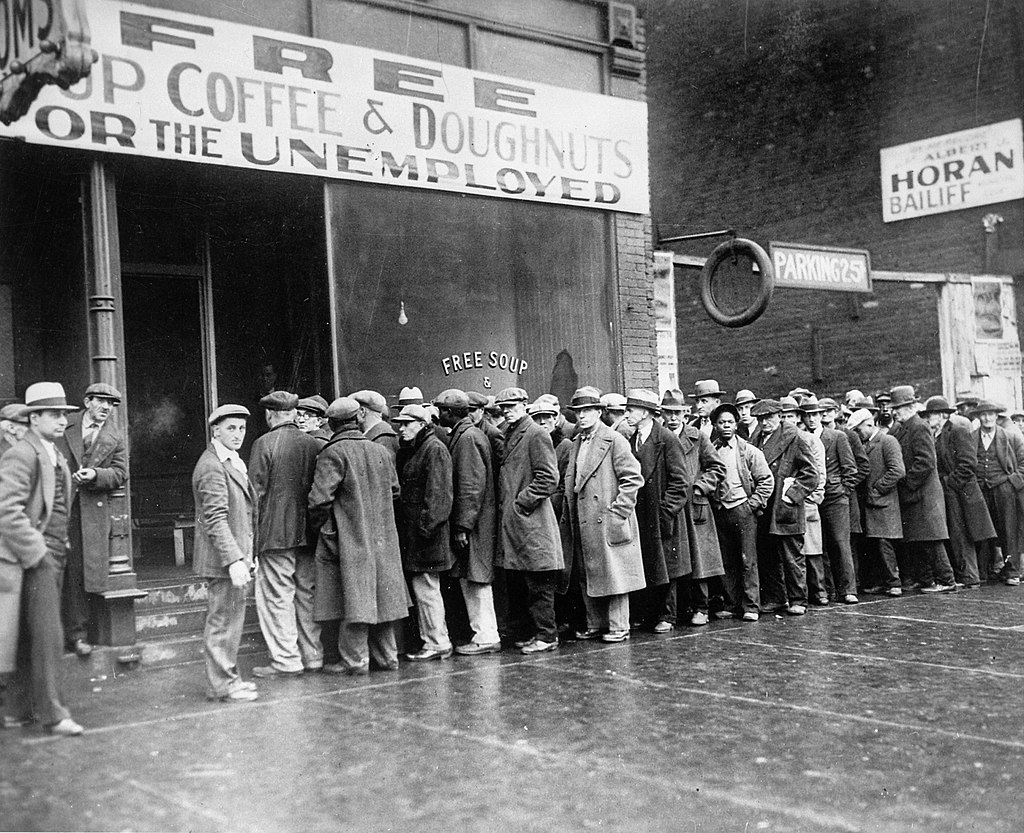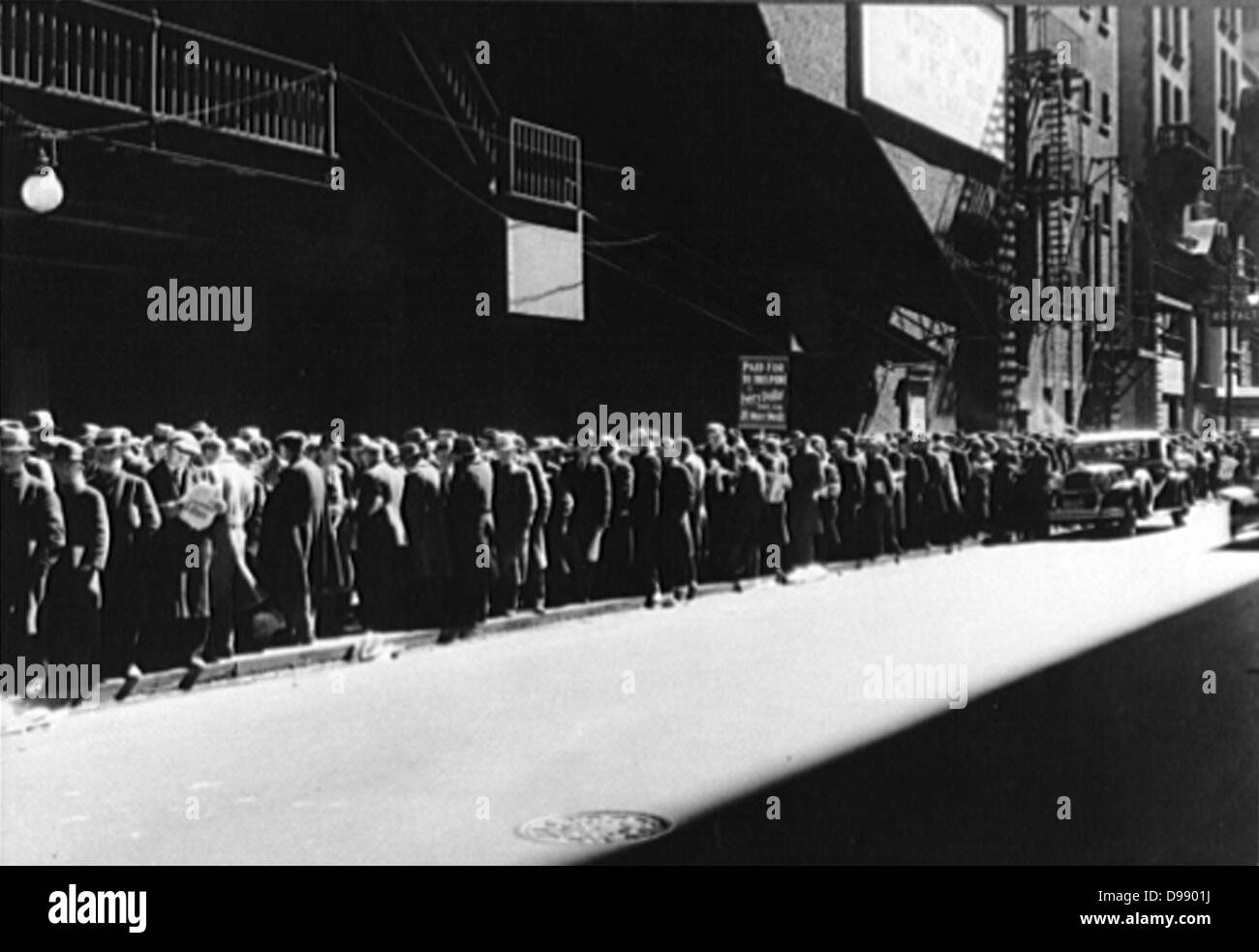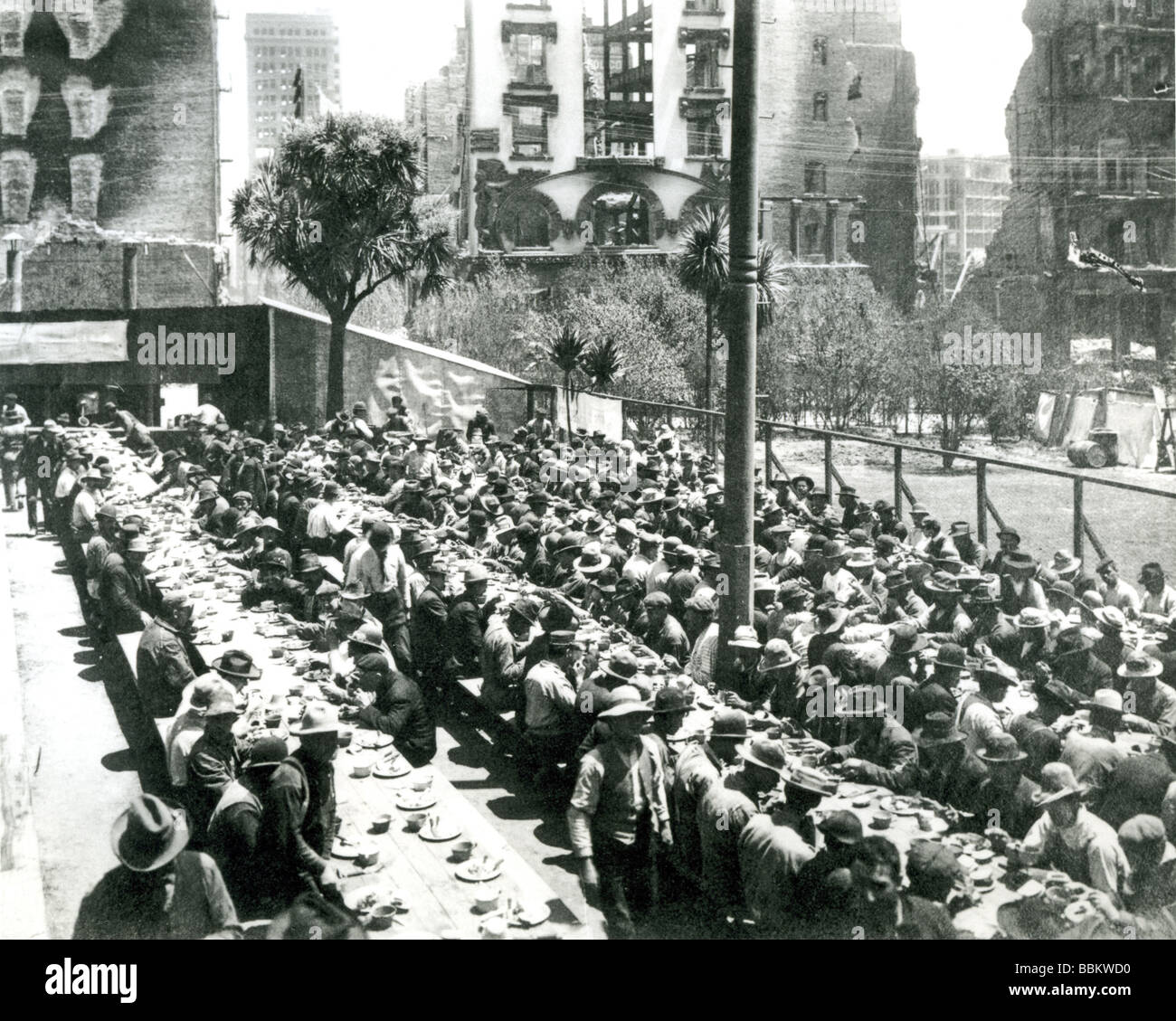Soup Kitchen Lines During Great Depression

The Great Depression was a severe worldwide economic depression that took place during the 1930s.
Soup kitchen lines during great depression. Soup Kitchens in the Great Depression Fact 13. Breadlines were charity lines for people in poverty who needed food for themselves or for their families. Soon the federal government took over the lines in the 1930s.
Some of the things that you can see into are wooden furniture linen cloth rubber or leather flooring or upholstery wallpapers plastic lampshades and supplementary decorative items and plus steel furniture. During the great depression many people couldnt afford to feed their families. There were soup kitchens and Flo houses and churches that offered food it may have been free to the poor who relied on it but it all cost someone just like today.
They rose to prominence in the US. The timing of the Great Depression varied across nations. However in most countries it started in 1929 and lasted until the late 1930s.
BREADLINESBreadlines in which poverty-stricken and hungry Americans queued for free food were representative of the increasing unemployment and consequent hunger caused by the Depression. What free food are you speaking of. In fact preceding the passage of the Social Security Act soup kitchens like the one Al Capone founded provided the only meals that some unemployed Americans had.
Breadlines and soup kitchens were established as charitable organizations giving free bread and soup to the impoverished. Drawn by Reginald Marsh. One of the biggest parts of the Depression were breadlines.
The kitchen employed a few people but fed many more. People on the streets during the Great DepressionThis clip is available for licensing without time code and logo -. This Prezi will provide random facts over soup kitchens during the great depression.

















